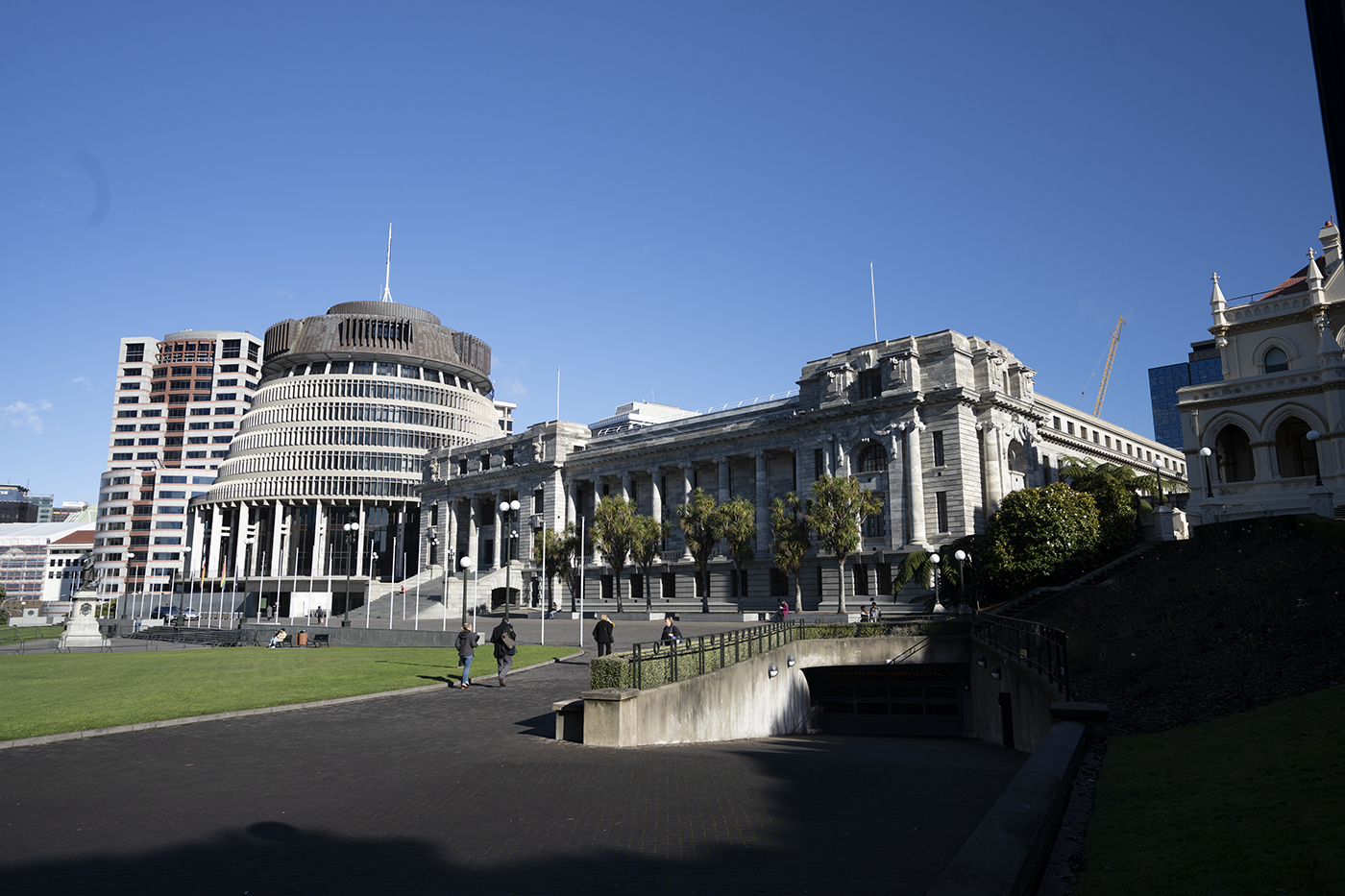Faster, Higher, Stronger – the Olympic Games motto increasingly feels like a description of modern society. The pace of change is moving faster, costs are getting higher and the pressure to address climate change is stronger than ever, especially in the wake of recent events such as Cyclone Gabrielle and the Auckland Anniversary floods.
For the public sector, all this also spells pressure to do more with less – to better serve the fast-digitising citizens of Aotearoa, while also adapting to make every decision more sustainable.
The silver lining to this cloud is that there are changes underway to make the road easier. We were delighted to see the government refresh its Cloud First policy for public services in April 2023, recognising the potential for public cloud to enable efficiencies through modern, secure and accessible services for citizens while supporting a reduction in the carbon footprint of our government services.
New Zealand has been an early adopter of cloud technology and we see this recent refresh of the Cloud First policy as strengthening the role of the Government Chief Digital Officer to help agencies navigate the complexity of technical or legal aspects of the cloud to accelerate digital transformation.
What does that mean for government agencies – and the people of New Zealand?
Hyperscale cloud offers organisations the ability to scale without limits, meaning agency services built on public cloud will be able to grow along with the population, without government having to invest in additional infrastructure. It means less time and money spent by internal teams on managing IT infrastructure. There are other efficiencies to be gained by the switch as well, such as power and water consumption, which puts money back into government coffers to spend on the services they provide, rather than the nuts and bolts they run on.
The Accident Compensation Corporation (ACC) is an early public cloud adopter, recognising its ability to help boost service equity across the motu. The Tertiary Education Commission recently signed an agreement with Microsoft to provide all public tertiary institutions with the same cloud services, regardless of size or location, to support the same equitable access. Manaaki Whenua – Landcare Research is also using public cloud to map and assess carbon stored in Aotearoa’s land and forests over time, enabling planners to track how land use affects carbon emissions and develop policies in response.
Several Wellington councils and the Ministry for the Environment collaborated with iwi on a similar project using cloud and AI to track changes to the Porirua Harbour catchment over time, creating a visual tool to demonstrate how governments and citizens could be educated on the impact of our actions and empowered to make a change.
Technology makes creating efficiencies and collaboration between government agencies easier than ever before, and that’s exciting. The ability to do so in a way that also benefits the environment makes going public cloud-first even more of a win for the sector, as it works to meet obligations to track and reduce its own carbon emissions.
Auckland Transport is joining Microsoft’s datacenter region to innovate with more joined-up transport services in real time. But also because with solutions like Cloud for Sustainability, it will easily be able to track emissions across its networks and adjust policies or services to reduce these further. Simply switching to hyperscale public cloud brings huge environmental benefits. Microsoft’s datacenter region will be powered by 100 per cent renewable energy from day one, while using no water, helping organisations dramatically cut emissions overnight. A study found that using the Microsoft Azure cloud platform can be up to 93 percent more energy efficient and up to 98 percent more carbon efficient than on-premises solutions.
The potential to speed up content generation is also a real boon for efficient, effective government. As Microsoft ANZ National Technology Officer, Lee Hickin, explains: “It’s about unlocking the deep data in agencies, creating internal efficiencies using natural language and using AI as your creative co-pilot to generate the first draft of abstracts, whitepapers, citizen information guide and summaries of in-depth information.”
There’s no doubt public cloud and AI are changing the game for everyone, and there are huge opportunities to improve New Zealanders’ lives while making work behind the scenes easier and even more rewarding for government workers. The new Cloud First policy marks the next phase in harnessing the power of public cloud for the public good.

